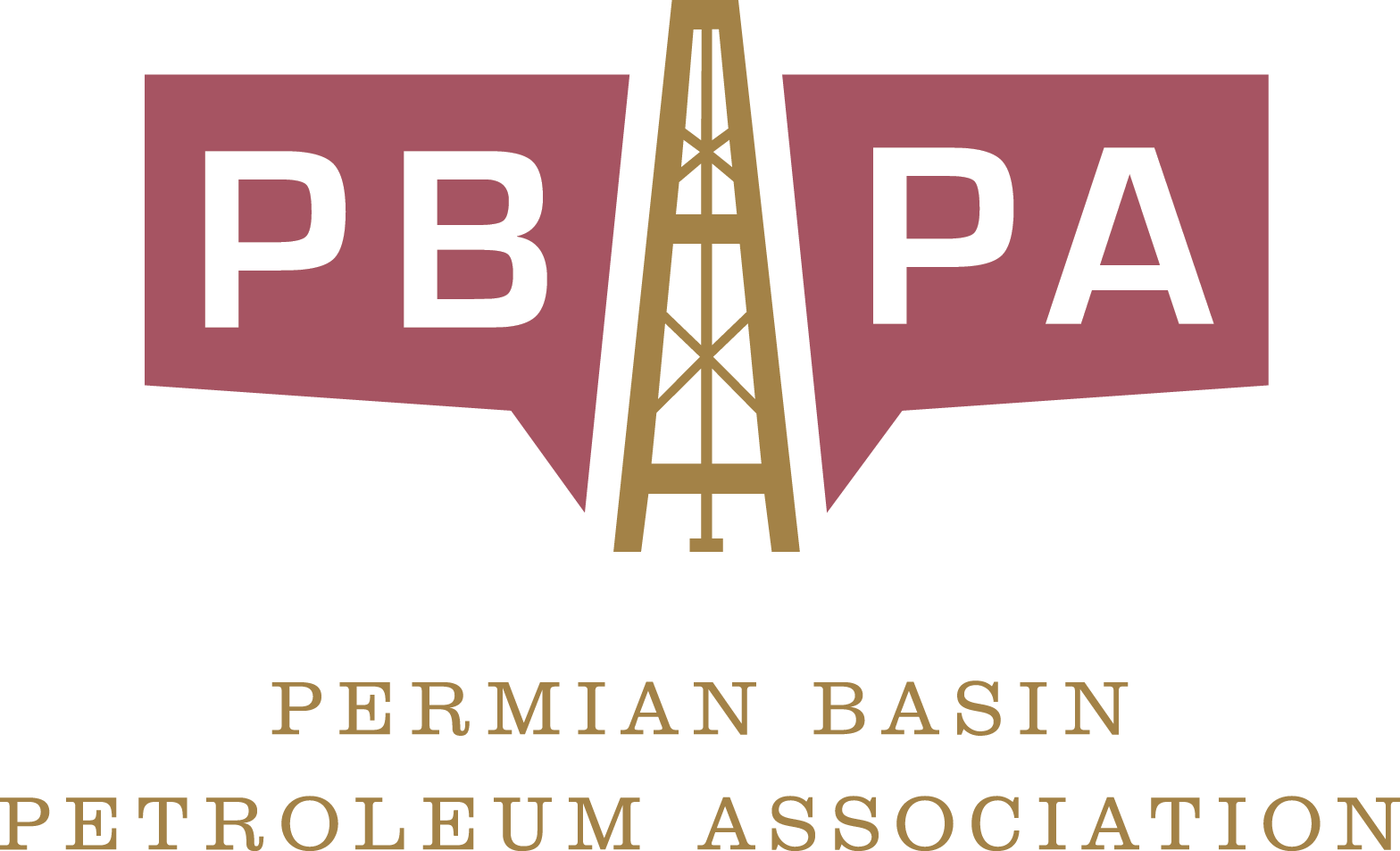
Amendment would put $20 billion into Texas Water Fund
June 13, 2025
by Bob Campbell
Odessa American
The Permian Basin Petroleum Association backed Senate Bill 7 and its companion measure, House Joint Resolution 7, to address Texas’ long-term water needs with big money and put a proposed constitutional amendment on the Nov. 4 ballot.
PBPA President Ben Shepperd says $2.5 billion was allocated for the Texas Water Fund by Lubbock Sen. Charles Perry’s SB 7 while House Natural Resources Chairman Cody Harris of Palestine sponsored HJR 7, asking voters to OK a constitutional amendment and direct $1 billion in state revenues into that fund every year for the next 20 years.
Reviewing that and other actions in the recently concluded 89th Legislative Session in Austin, Shepperd said, “Together these efforts are meant to join funding from local governments and ratepayers to fully address long-term water needs including modernizing infrastructure and addressing everything from leaking pipes to new shovel-ready projects.
“House Bill 49 by Energy Resources Committee Chairman Drew Darby of San Angelo and Sen. Perry passed both chambers and was sent to the governor on May 28. This legislation was a top priority for PBPA, providing much-needed clarity on legal liability for oil and gas operators and companies treating produced water for beneficial reuse.
“By defining where and how liability applies under permits the bill gives operators and recyclers a clear regulatory standard, reducing uncertainty and supporting continued investment and innovation in produced water recycling.
“PBPA testified in support and is pleased to see this effort advance.”
Additionally, Shepperd said, the PBPA backed SB 1145 by Granbury Sen. Brian Birdwell and House Environmental Regulation Chairman Brooks Landgraf of Odessa, transferring permitting authority for the land application of treated produced water from the Railroad Commission to the Texas Commission on Environmental Quality.
“Signed by Gov. Abbott on May 13 and effective Sept. 1, this law allows TCEQ to permit qualified reuse activities and creates a more efficient pathway for beneficial reuse,” he said. “At its core successful produced water management is critical to the future of the Permian Basin oil and gas industry.
“We remain committed to expanding the safe reuse of treated produced water whether in industrial, agricultural, land application or surface discharge while advocating for clear regulations, liability protections and the agency resources necessary to support this progress.
“We’re proud of the strides made this session to help unlock this vital resource.”
Shepperd said SB 1146 by Birdwell and Darby was signed into law by Gov. Abbott May 28 to take effect Sept. 1 and provide legal clarity for operators who plug abandoned wells on behalf of the Railroad Commission, ensuring that they are not held liable once a well is properly plugged as they did not own it.
“This addresses a common concern among operators asked to plug wells they did not drill and it helps reduce hesitation caused by unclear liability,” he said. “PBPA supports this important clarification.
“Additionally we worked with stakeholders on SB 1150 to address the rising number of inactive wells more than 25 years old and inactive for over 15 years, highlighting the Legislature’s commitment to long-term solutions for well abandonment and state liability.”
Shepperd said SB 1150 by Sen. Mayes Middleton of Galveston and Darby establishes new requirements for operators to address long-term inactive wells.
“Operators must submit compliance plans to the Railroad Commission outlining how they will either return these wells to production or plug them within two years with provisions for relief in certain cases,” he said. “PBPA testified in support while highlighting the range of members’ perspectives with some believing the bill went too far and others not far enough.
“We remained focused on protecting responsible operators including small producers who face workforce challenges and those with strong records of reactivating wells as part of their business model.”
